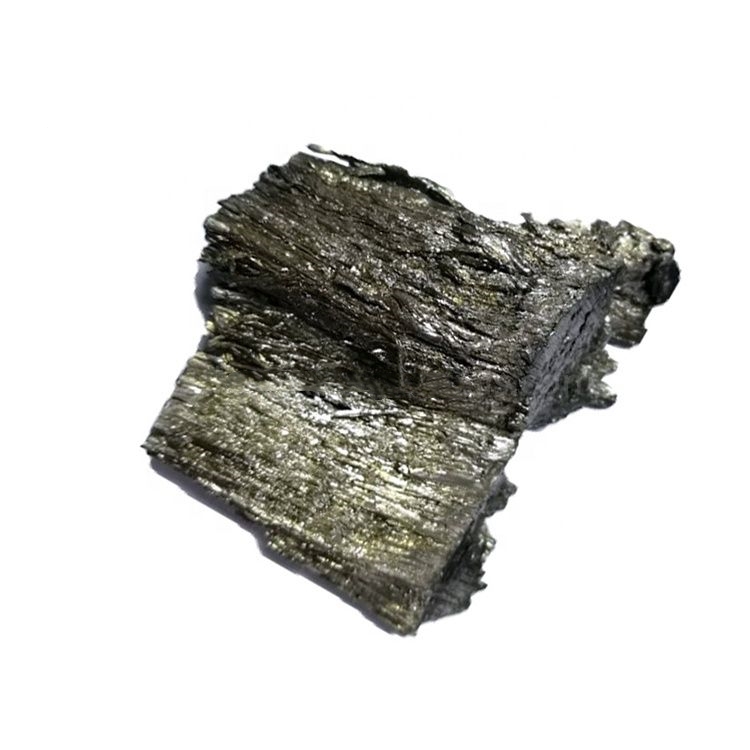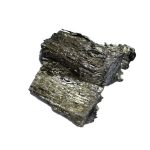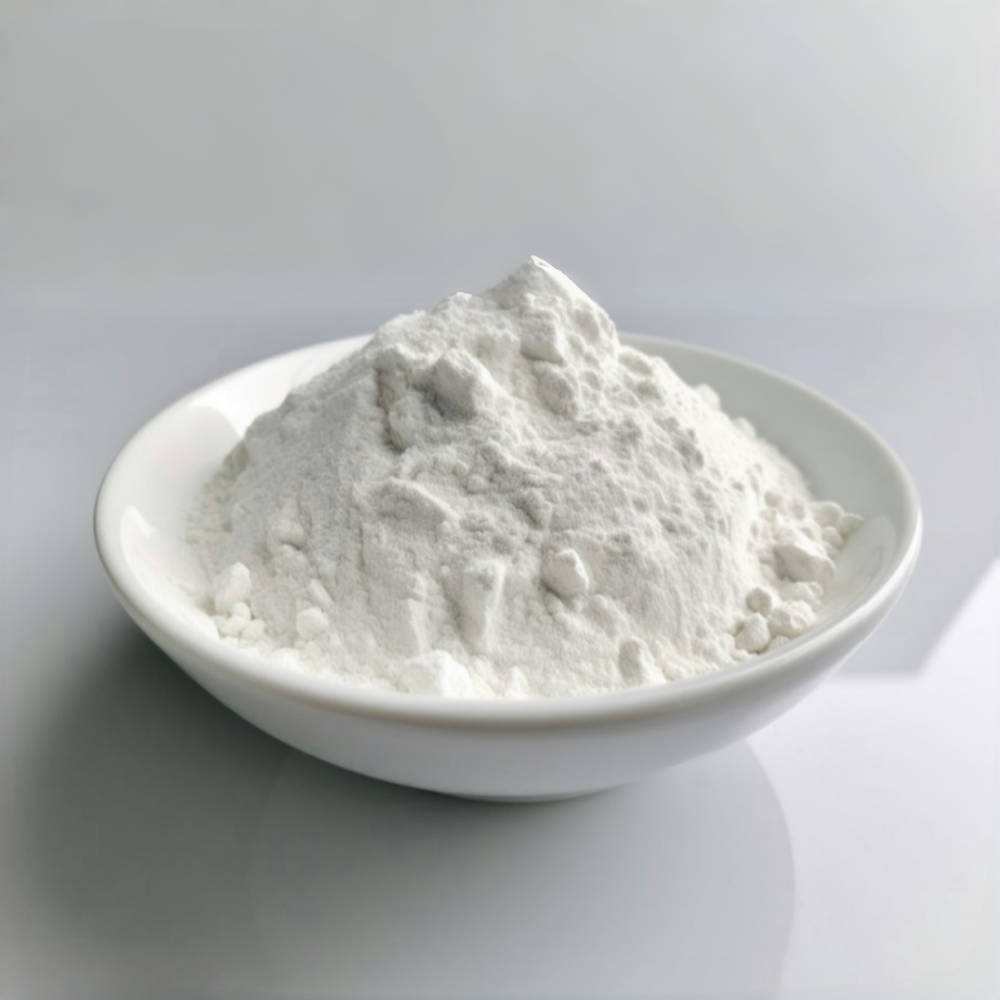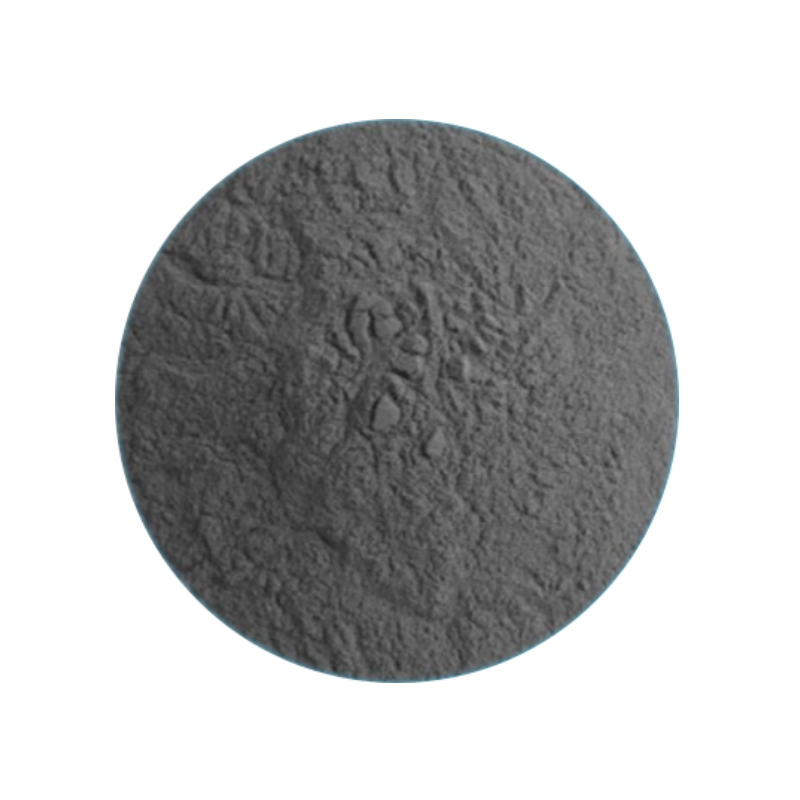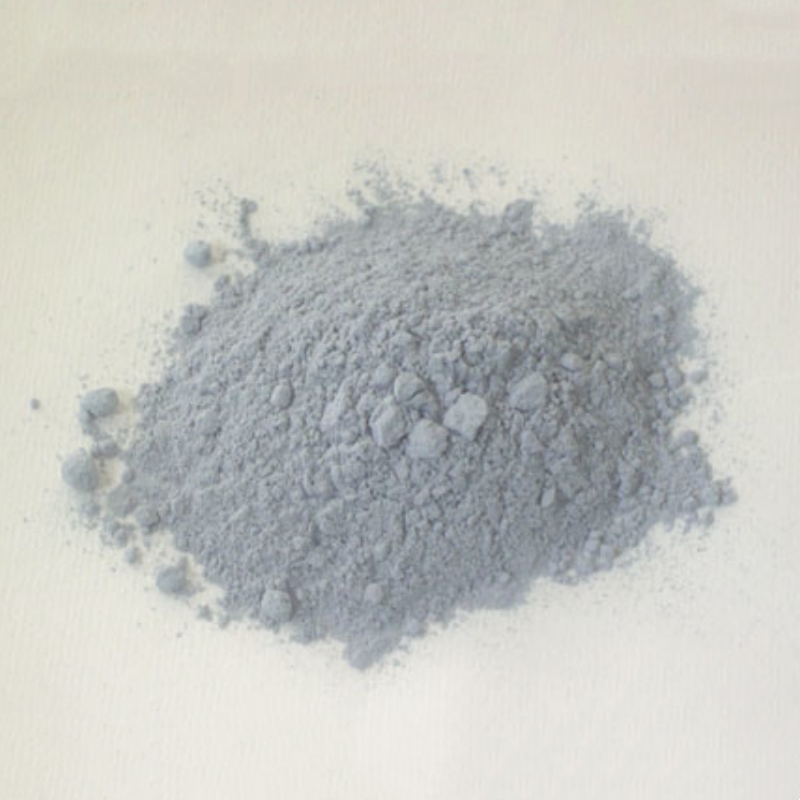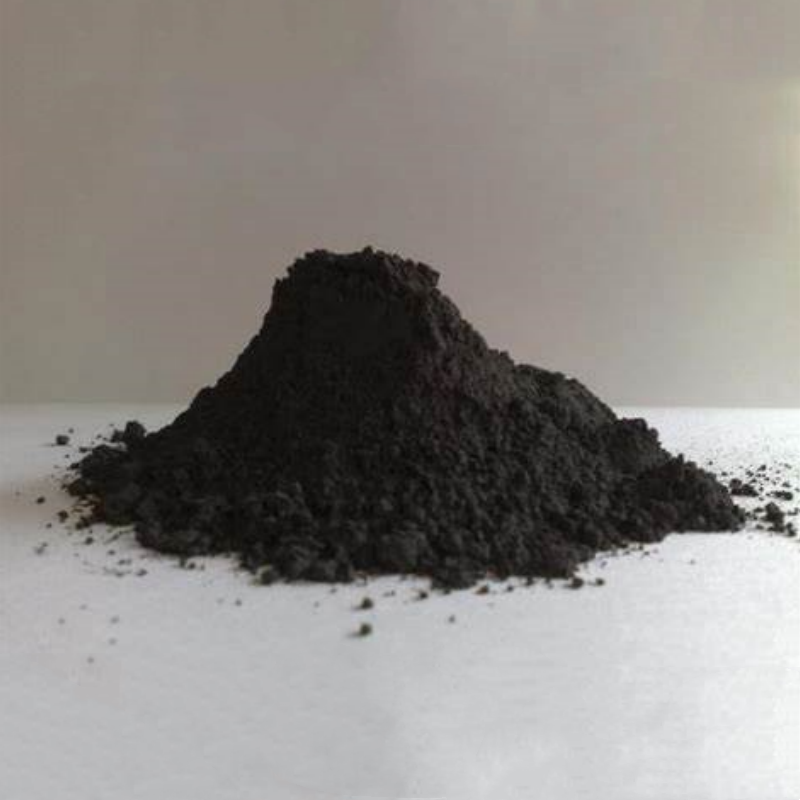Product Overview
Samarium lumps are rare earth metals known for their high chemical stability. They are quite stable in dry air, but form an oxide layer when exposed to moist air. Samarium dissolves in acids but is insoluble in water. It is a metal that readily combines with non-metallic elements and can self-ignite in fine powder form. In nature, samarium primarily exists in the form of trivalent samarium salts. The unique properties of samarium make it highly valuable in several high-tech fields.
Product Features
- High Purity:With purity ranging from 3N to 5N, ensuring efficient performance and long-term stability
- Stability:Exhibits strong stability in dry air, making it suitable for storage and use
- Solubility:Soluble in acids but insoluble in water, it readily reacts with non-metal elements
- Safety:Care should be taken to avoid contact with acids, oxides, and moisture. Fine powder forms should be handled with fire safety precautions
Applications
- Neutron Absorbers:Samarium is used in the nuclear energy industry for neutron absorption, often employed to control neutron flux in reactors
- Optoelectronic Equipment Manufacturing:Widely used in the production of optoelectronic devices, especially in lasers, infrared spectroscopy, and other equipment
- Permanent Magnetic Materials:Samarium-cobalt magnets are a significant commercial application of samarium, offering strong magnetic properties and used in high-end permanent magnetic devices
- High-Performance Alloys:Samarium is used to produce specialty alloys that enhance corrosion resistance and high-temperature performance, applied in aerospace and electronic equipment
| Element | Measured Value | Standard Value | Unit | Element | Measured Value | Standard Value | Unit | Element | Measured Value | Standard Value | Unit |
| Li | Zn | Pb | |||||||||
| B | Ga | Bi | |||||||||
| F | Ge | Y | 16 | ppm | |||||||
| Na | As | Sm | Matrix | wt% | |||||||
| Mg | <10 | ppm | Se | Eu | 14 | ppm | |||||
| Al | 15 | ppm | Zr | Tb | 11 | ppm | |||||
| Si | 120 | ppm | Nb | Dy | 20 | ppm | |||||
| P | Mo | Os | |||||||||
| Cl | Pd | Cd | |||||||||
| K | Ag | In | |||||||||
| Ca | 230 | ppm | Sn | ||||||||
| Ti | Sb | ||||||||||
| V | Ba | ||||||||||
| Cr | ppm | Hf | |||||||||
| Mn | Ta | C | <100 | ppm | |||||||
| Fe | <5 | ppm | W | 350 | ppm | S | |||||
| Co | Pt | O | 20 | ppm | |||||||
| Ni | <10 | ppm | Au | N | |||||||
| Cu | Hg | H |
 new material
new material

